Xiaomi Redmi Note 4 Review : Pushes the Boundaries of the Best Budget Phone
[et_pb_section admin_label=”section”][et_pb_row admin_label=”row”][et_pb_column type=”4_4″][et_pb_text admin_label=”Text” background_layout=”light” text_orientation=”left” use_border_color=”off” border_color=”#ffffff” border_style=”solid”]
The smartphone business is lucrative but is also intensely competitive. As the phone is the most widely used tech hardware, companies are always neck to neck to bring the best product to the market. Unfortunately, the research and development do not move fast enough to help smartphone makers build and assemble strikingly different/upgraded tech every year. So, what we see is the reintroduction of a slightly modified variant of successful models. Apple does it, Samsung does and so do Xiaomi and other makers. Xiaomi launched an excellent smartphone in 2016 – Redmi Note 3, which not only was the best budget smartphone of 2016 but was also the most selling phone for Xiaomi in India. That phone had everything going for it – A good build, great battery life, and a competitive price. Xiaomi sold more than 3 million Redmi Note 3’s last year and none of its other offerings could capture the market in the way the Note did, so how does Xiaomi bring back the success of 2016 in 2017? By introducing the successor to its Dark Horse. But is the successor a worthy upgrade to the titular Redmi Note 3? Let’s find out.
The first thing you notice when you hold the Redmi Note 4 is the all metal beautiful body that makes the phone look way more expensive that it is. The phone is also thinner .84mm and heavier than its predecessor. The location of the speaker has been changed to bottom, though it has a single speaker but has two slits for symmetrical output of sound. The choice of using bottom speakers is unfathomable to me as it’s as everyone knows dual speakers on the front sound way better than bottom speakers. In between the two speaker slots rests the USB charging port, which again is an odd choice considering the world is now moving to USB-C. The opposite end of the phone gives space for the IR blaster and the audio jack.

The power button and the volume controls sit on the right edge and offer excellent tactile feedback. The opposite edge has the standard dual sim and micro USB hybrid tray, which again is of great quality. The choice of material overall on this phone is much better as compared to Redmi Note 3 and the phone does feel more premium than its price suggests. The 5.5-inch display is now augmented with a 2.5 D curved glass, which makes the entire experience of interacting with the phone better and also adds aesthetic value to the already beautiful display.
Hardware
The most talked about ( in a controversial way) aspect of the Redmi Note 4 has been the choice of processor used – Snapdragon 625 ( 14nm). In a certain way, this is a step back from its predecessor, which came with Snapdragon 650 but should the comparison be on paper? Certainly not.
The Snapdragon 625 is not designed primarily for horsepower, it is designed for efficiency. The 14 nm fabrication reduces the time taken for one electron to travel between two sinks and thus needs less power.Now, let’s look at the architecture of both the processors.
Snapdragon 650: 4 Cortex A53 Cores + 2 powerful Cortex A72 cores – 24 nm – More Heating – More Loss of Energy
Snapdragon 625: Absence of Two extra A72 cores + 8 Cortex A53 – Less Horse Power – Less Heating – Less Loss of Energy
So basically, the Snapdragon 650 can give you a stronger throttle but will also suck up your battery faster. 625, on the other hand, is more efficient and lasts significantly longer than the 650. The bottom-line is that Redmi Note 4 is slightly inferior in terms of processor intensive tasks such as gaming and video rendering slightly but significantly more efficient in conserving battery.
The note 4 comes in a variety of configurations. In terms of RAM, there is a 2 GB variant, 3 GB, and 4 GB. The customer also has the flexibility to choose the ROM, which thankfully now starts with 32 GB and goes up to 128 GB. The phone comes with the usual range of connectivity options, including dual-band Wi-Fi, Bluetooth 4.1, LTE with VoLTE, and an IR blaster that lets you control a variety of appliances. There is no NFC in the device but fortunately, the Indian User is not going to miss it. The fingerprint sensor at the back is well placed, built with good material and is quite responsive. It’s an always-on sensor and can be used to unlock the phone when the display is dark. The speaker on the Redmi Note 4 is average and distorts at high intensity though it is loud enough to wake you up from the deepest level of sleep.
Software
Based on Android 6.0.1, MIUI 8 is a significant improvement over its predecessors. It is light and has some nifty features ingrained in it. Though it is breezy, it is still not as comfortable as the native android that comes with Google Pixel or Nexus series. There are certain element in the O.S that make it desirable, 1) Dual Apps, which lets you run two instances of the same app, allowing you to use two different accounts for your favorite apps, 2) Second Space – It lets you create two distinct sandboxes within the phone’s O.S, allowing you to have two different profiles on the phone with the option to share data between them. Other features added in MIUI 8 that are utilitarian are Quick Ball, Scrolling Screenshots, Video Editing in the Gallery and the Caller ID, which is basically an inbuilt ‘TrueCaller’ that also has the phone no’s of Delivery guys of Amazon and Flipkart etc.
Camera
The Redmi Note 4 has a 13MP camera with f/2.0 lens and PDAF. There’s a 5MP camera up front that also sports a f/2.0 lens. The Note 4 has a camera that works fine in good lighting but performs poorly in low lighting. The HDR mode takes too much time and stability to produce a passable shot in low light. The inbuilt camera app is pretty standard and does not offer anything new that users haven’t used before. Overall the camera is the weakest link in the Redmi Note 4.
Battery
The battery performance of any smartphone depends on the combination of Power Management of the OS, Efficiency of the Processor and the Battery Size. Fortunately, all three aspects have been revamped in the case of Redmi Note 4. MIUI 8 manages power way better than its predecessor, the 14 nm fabrication of the processor is significantly more efficient than the 24 nm of Note 3 and the battery is slightly larger at 4100 mAh. The result is that Note 4 lasts more than a day on heavy usage and lasts at least 2 days on moderate usage. That, by any standard, is quite remarkable for a smartphone. The only downside with the battery is that the Redmi Note 4’s fast charging is limited to 5V/2A.
Bottom Line
Redmi Note 4 is an excellent budget phone as It offers a premium experience at a not so premium price. The choice of the processor makes it more power efficient without significantly compromising on the performance, MIUI 8 has some really nifty features that make the user experience quite unique for Xiaomi phones and the price of the phone is extremely attractive. Starting at Rs. 9,999 it’s a desirable buy if you are looking for a good performing, long lasting, premium looking budget phone. Also, now you have the option of buying the 4GB RAM and 64 GB ROM variant.
Who Should buy the phone and who should not?
Definitely not the Redmi Note 3 users, because of the additional features, except battery performance, are not compelling enough and I am sure the Note 3 will be a good performing phone for at least one more year.
People other than Note 3 users, who are looking to upgrade can definitely buy this phone. If you are looking for a bigger battery- also check out the Lenovo P2 and if you want a better camera- check out moto G5. Every budget smartphone makes its own share of compromises, the choice of phone will ultimately depend on what the customer wants at the end of the day.
Let me know If you have any questions in the comments below.
[/et_pb_text][et_pb_button admin_label=”Button” button_url=”http://dl.flipkart.com/dl//redmi-note-4-gold-64-gb/p/itmeqg86fjyzkdq8?pid=MOBEQ98MNXHY4RU9&affid=ambarishga” url_new_window=”on” button_text=”Buy From Flipkart” button_alignment=”center” background_layout=”light” custom_button=”off” button_letter_spacing=”0″ button_use_icon=”default” button_icon_placement=”right” button_on_hover=”on” button_letter_spacing_hover=”0″] [/et_pb_button][/et_pb_column][/et_pb_row][/et_pb_section]
|
← Previous Story Vivo V5 Plus Dual-eyed Selfie Smartphone Launched For INR 27,980/-
|
You may also like...
1 Comment
Leave a Reply
Cancel reply
-
Advertisement
Copyright © 2020 Indian Nerve. All Rights Reserved.

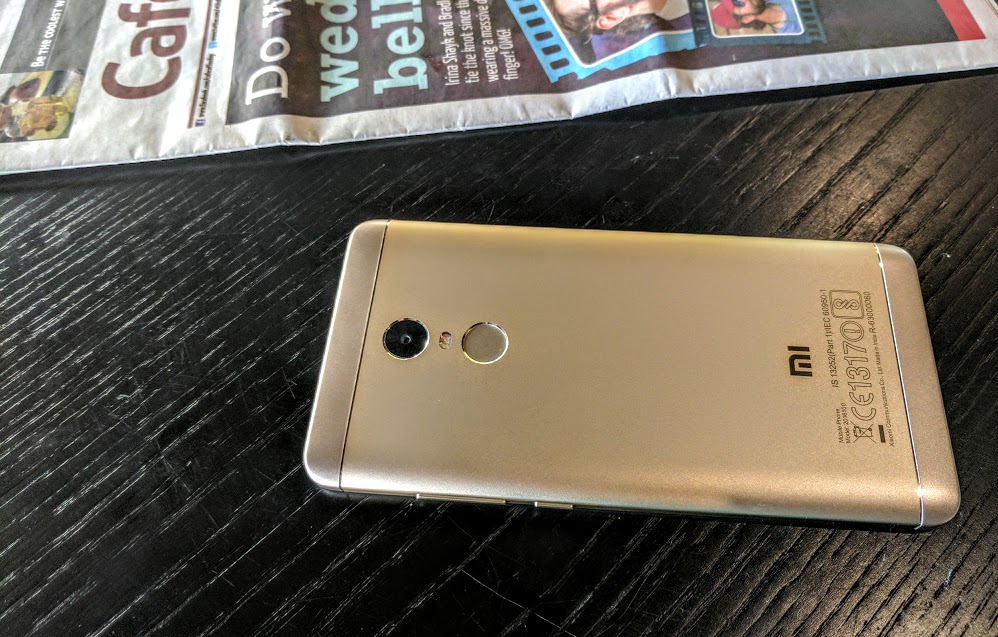

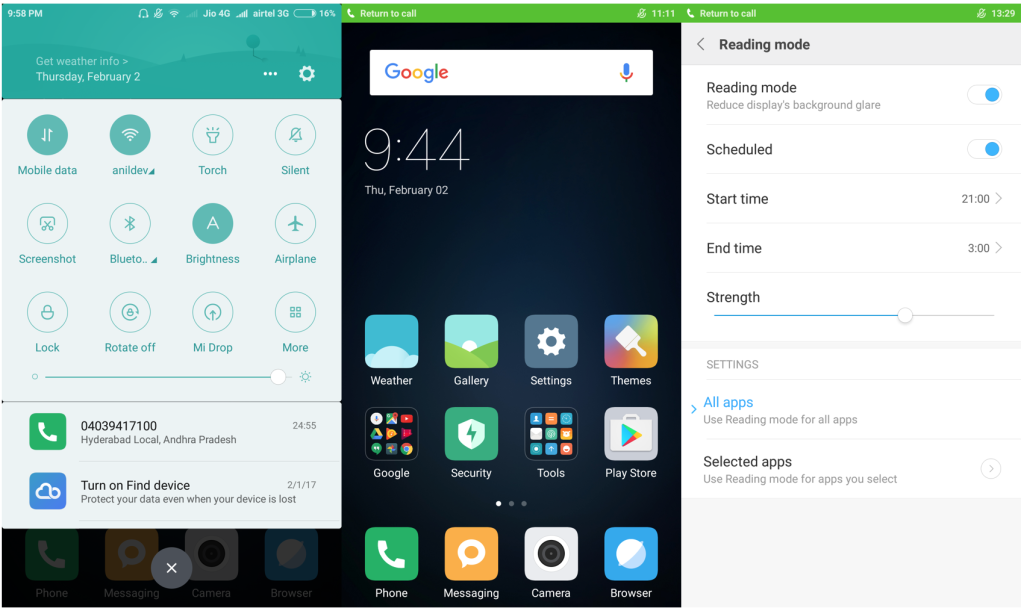


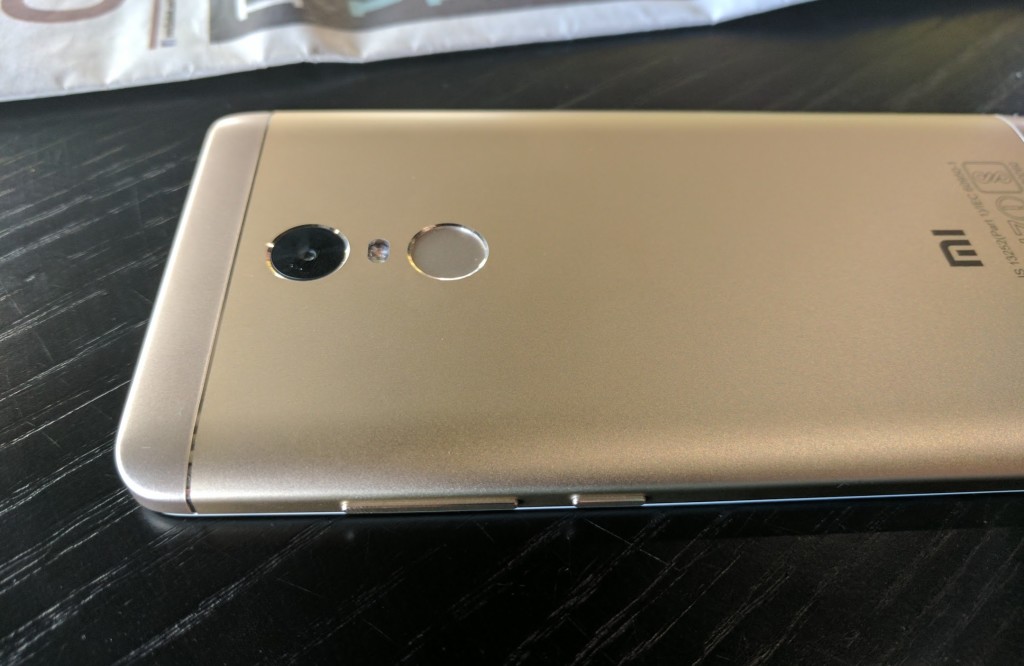
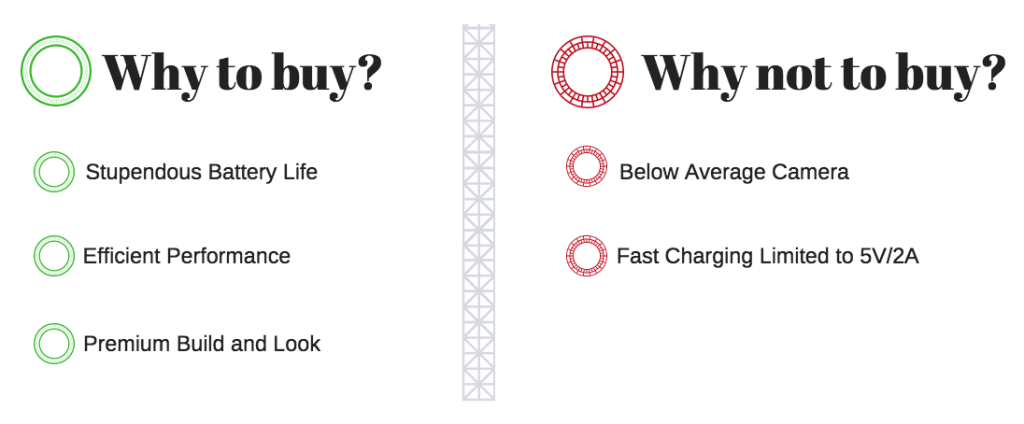
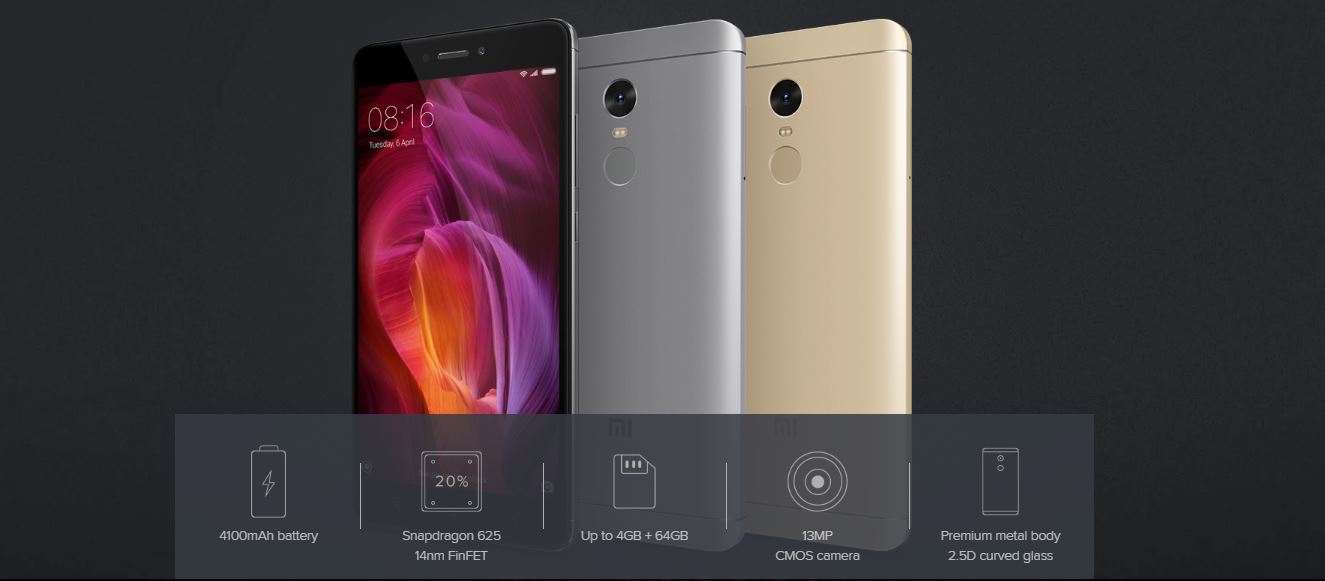
Pingback: LeEco’s Super3 X55 4K Smart TV Review – To Buy Or Not To Buy? | Indian Nerve